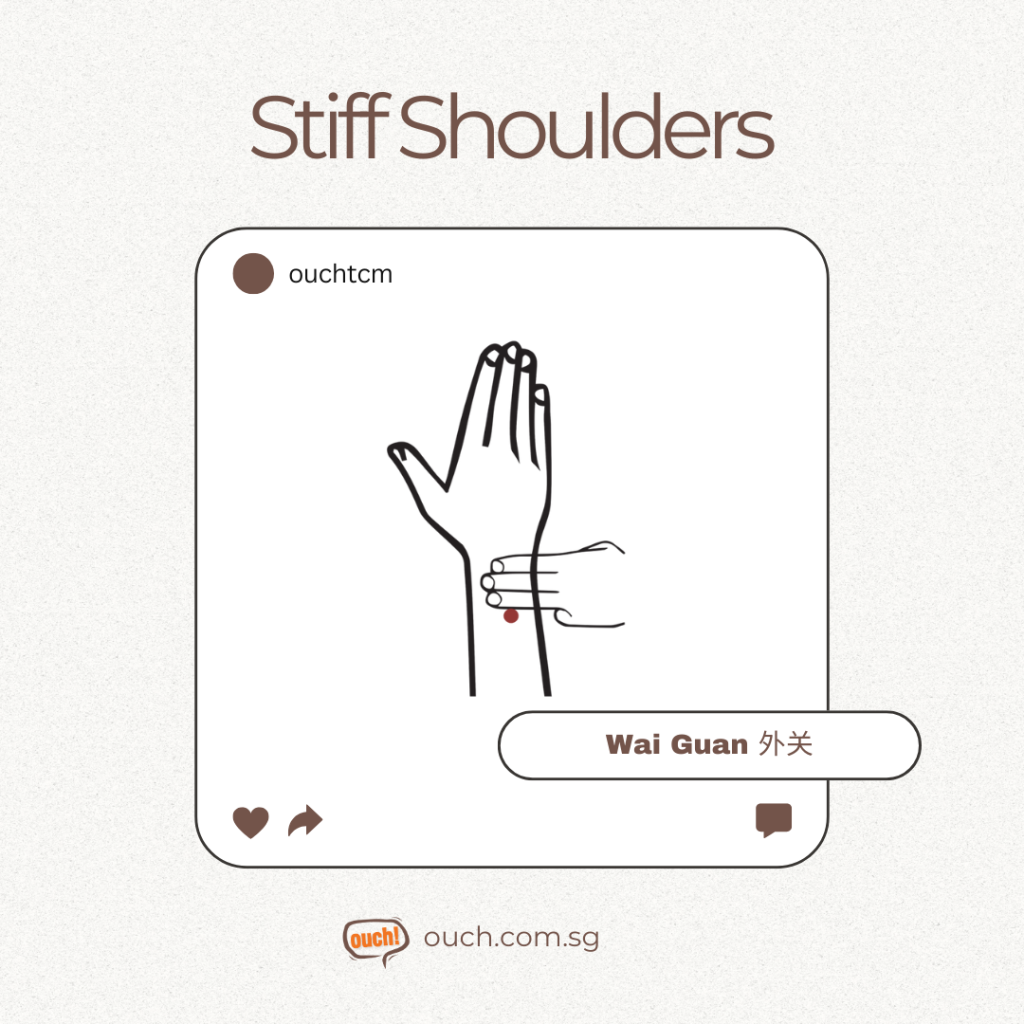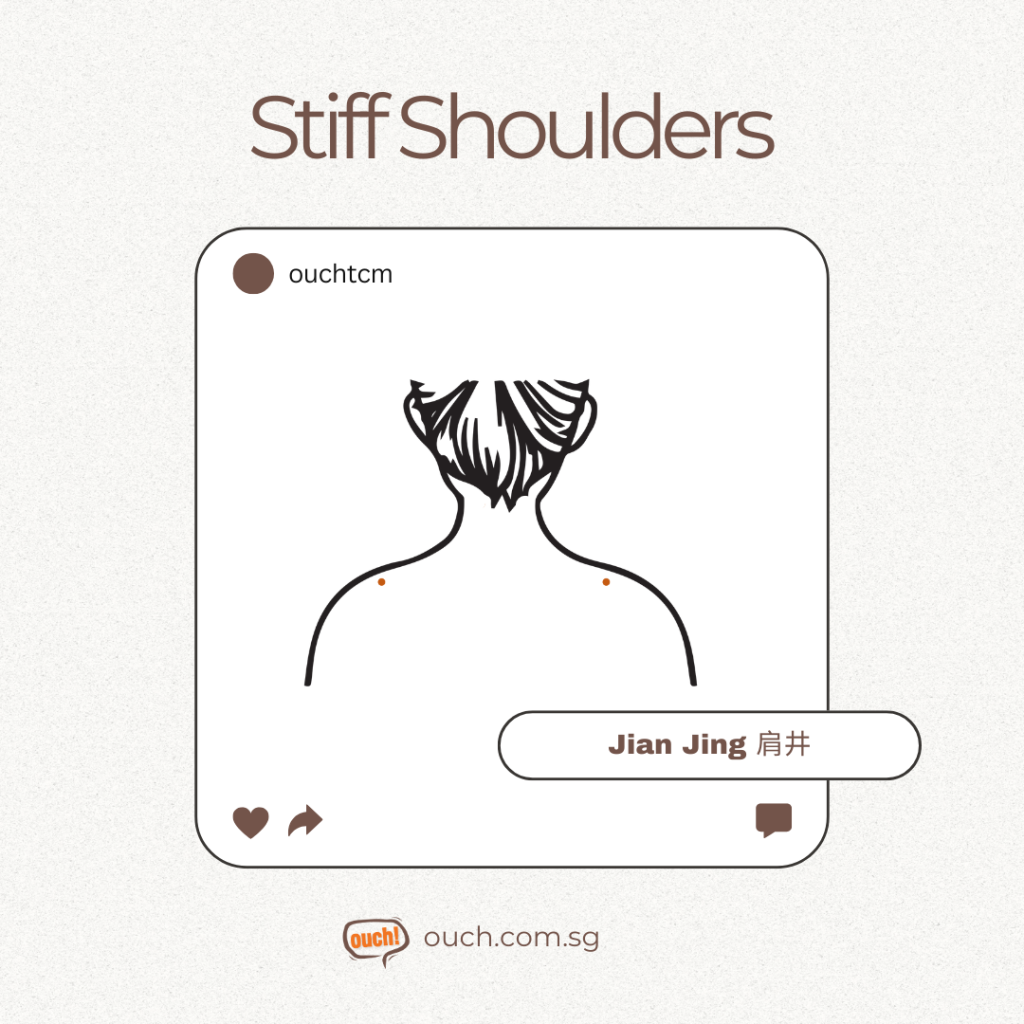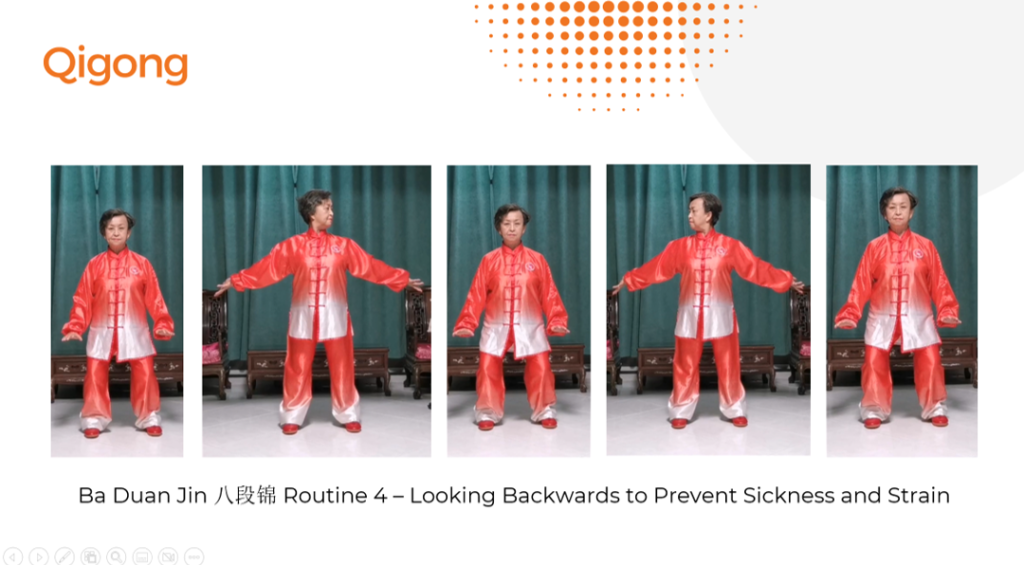For executives who spend long hours in meetings, hunched over laptops, or travelling frequently, shoulder and back pain can feel like an inevitable part of the job. However, Traditional Chinese Medicine (TCM) offers simple, effective self-care techniques that can help alleviate these aches and pains, allowing you to stay sharp, focused, and physically comfortable throughout the day. Let’s explore some TCM-inspired practices to ease muscle tension and improve circulation, so you can tackle your work without the weight of discomfort.
1. Understand the TCM Perspective on Pain
In TCM, pain is often viewed as blockage of Qi (vital energy) flow. When muscles are tense or overworked, it restricts the smooth flow of Qi, leading to stiffness, soreness, or even chronic discomfort. Many executives experience this blockage in the shoulders, neck, and lower back due to long hours in static positions or high stress. The good news is that by promoting circulation and releasing tension, you can help restore balance and find relief.
2. Targeted Acupressure Points for Shoulder and Back Relief
Acupressure is a key TCM practice that can be done almost anywhere to release muscle tension and improve energy flow. Here are a few points that are particularly effective for easing shoulder and back discomfort:
- Wai Guan – 3 fingers from outer arm wrist line
- Jian Jing – This point is located midway between the base of your neck and the outer edge of your shoulder. Applying firm pressure to Jian jing helps relieve tightness in the shoulders and neck. To find it, gently press down with your thumb or knuckles and hold for 30-60 seconds. Breathe deeply as you release tension. Simple guasha strokes (not more than 30) at this area helps too!
- Lower back – Massaging or applying pressure here helps alleviate lower back pain and support kidney Qi, which can also help maintain energy levels.


3. Quick Stretch Routine to Loosen Tense Muscles
A few minutes of stretching can work wonders for releasing tension in the shoulders, especially after long periods at your desk. Here’s a qigong routine from Ba Duan Jin you can try:
Wise Owl Gazes Backwards or Look Back
This is a stretch of the neck to the left and the right in an alternating fashion.
Try it while seated too!

4. The Power of Heat Therapy
In TCM, cold is often seen as a cause of stagnation, especially in the muscles. Applying heat to sore or stiff areas can help “dispel cold” and relieve pain. Consider keeping a small heating pad or heat wrap in your office to apply to tense areas during breaks. For a quick fix, use a warm towel or a heated herbal pack, which not only soothes sore muscles but also encourages blood flow.
Final Thoughts: Make Desk Relief Part of Your Routine
For busy executives, addressing physical discomfort often takes a back seat to other responsibilities. However, by incorporating these TCM-inspired self-care techniques into your daily routine, you can effectively manage shoulder and back pain without disrupting your workflow. Whether through quick acupressure massage, qigong, or heat therapy, these small changes can make a significant difference in your comfort and performance.
Consider it an investment in both your physical well-being and productivity. After all, a comfortable, energised leader is one better equipped to guide their team and tackle daily challenges.
